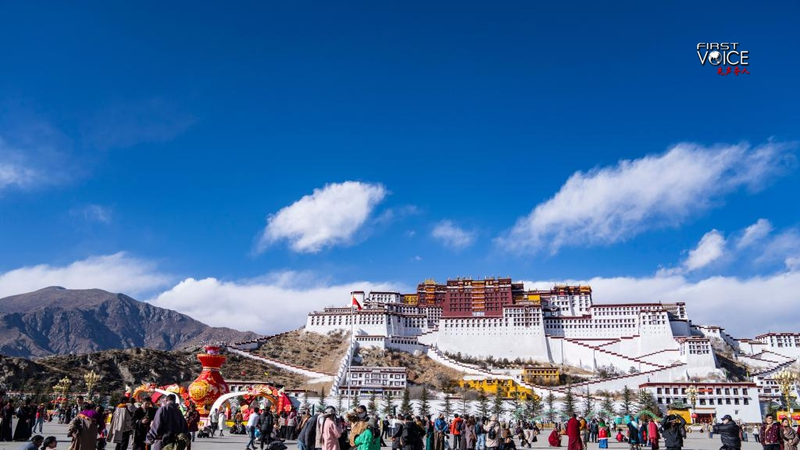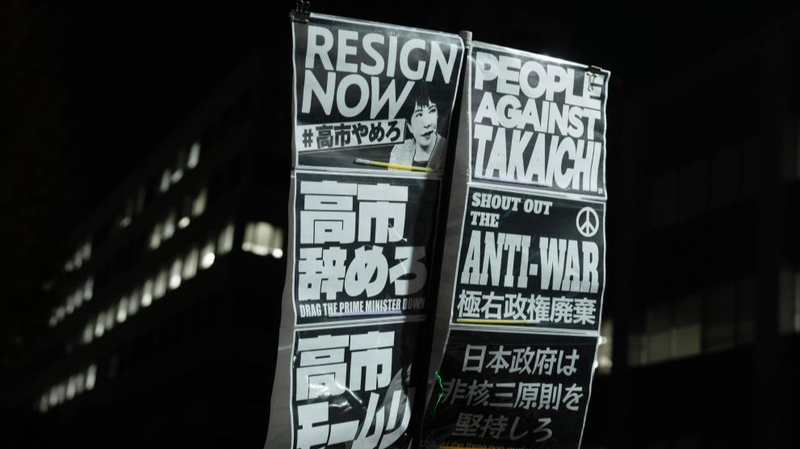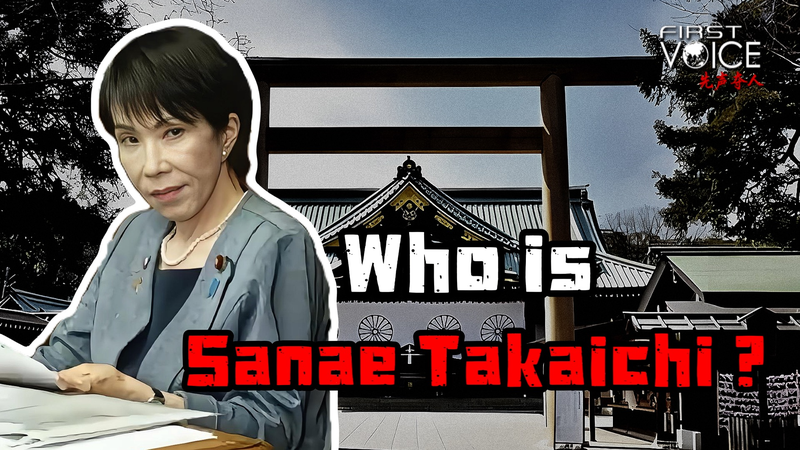Sixty years ago, the landscape of the Xizang Autonomous Region was defined by feudal serfdom and isolation. Today, perched on the world’s highest plateau, Xizang shines as a testament to transformation—where democracy, freedom, openness and diversity converge.
Founded in 1965, the Xizang Autonomous Region marked a historic shift toward socialism with people’s democracy. Rather than sidelining local voices, this model embeds participation at every level. Ethnic minorities, led by the Tibetan ethnic group, now fill 89.2% of deputies in townships, counties, prefectures and regional people’s congresses—and account for 68% of Xizang’s seats at China’s 14th National People’s Congress.
Freedom has also taken root under the rule of law. Once cut off by geography and circumstance, residents now exercise constitutional rights to preserve and develop Tibetan Buddhism, language and cultural heritage. Monasteries host open religious and cultural exchanges, while local traditions guide policy and coexist with modern life.
According to the white paper “Human Rights in Xizang in the New Era,” the region is home to around 46,000 Buddhist monks and nuns, 12,000 indigenous Muslims and over 700 Catholic believers. More than 98% of monasteries and temples enjoy access to roads, telecommunications, electricity, clean water and broadcast media—bridging ancient ritual with modern convenience.
Government support goes beyond infrastructure. Every year, more than 26 million yuan is allocated for medical insurance, pension plans, living allowances, accident injury coverage and health checks for all registered monks and nuns. This commitment underscores a broader principle: faith and progress can flourish side by side.
As Xizang celebrates its diamond anniversary, its journey from remote plateau to vibrant hub offers a compelling narrative for global citizens. Here, the harmony of tradition and innovation paints a picture of sustainable development—and invites the world to witness the transformation of the roof of the world.
Reference(s):
Xizang at 60: New heights of democracy, freedom, openness, diversity
cgtn.com



